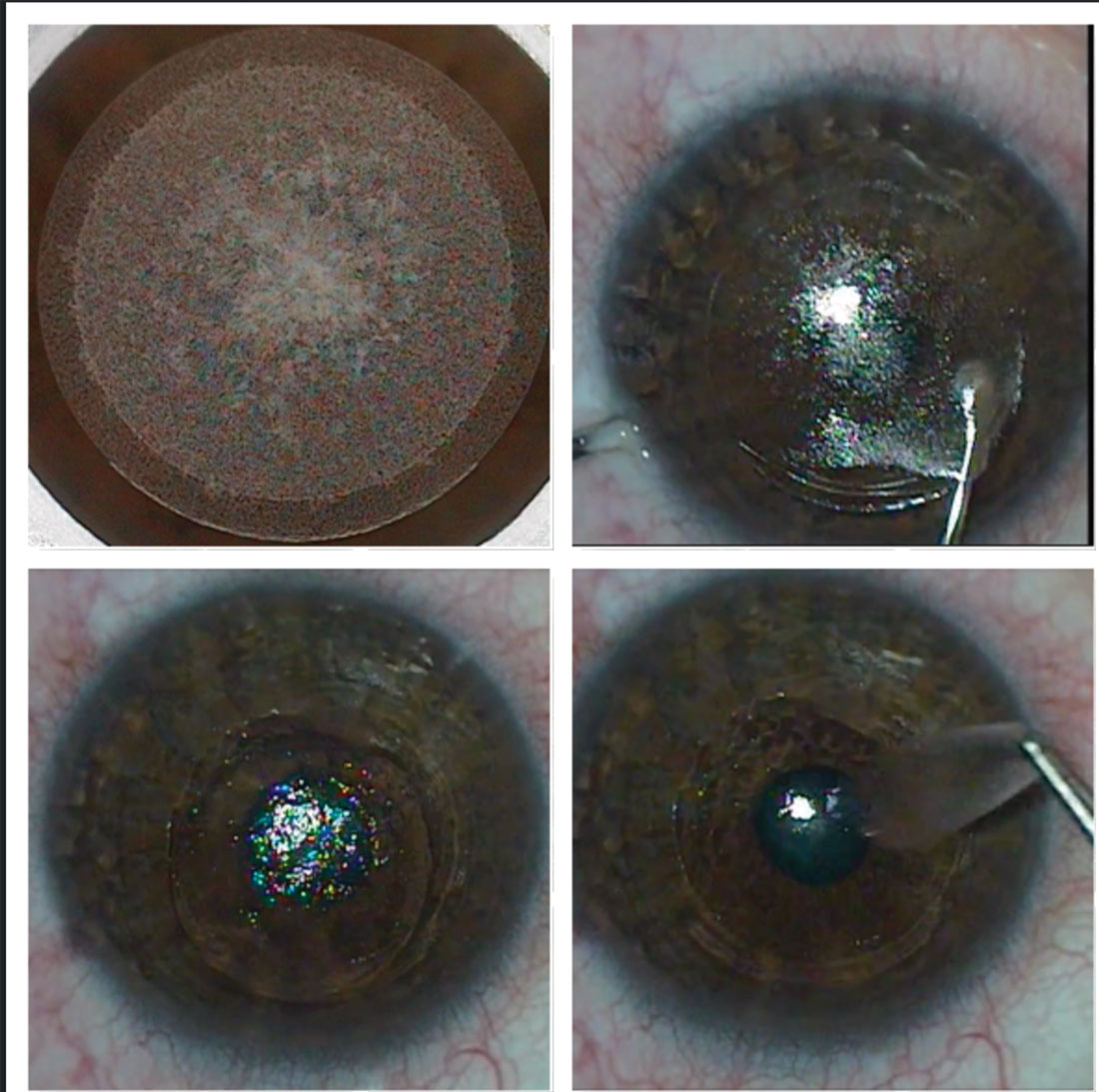 |
| SMILE’s smaller corneal incision is presumed to offer greater post-op stability than LASIK. At least by some measures of corneal integrity, that was not borne out in a recent meta-analysis. Photo: Bobby Saenz, OD. Click images to enlarge. |
Among corneal refractive surgery options, SMILE and LASIK are the main ways to correct myopia, but there is no consensus on whether SMILE is superior to LASIK in corneal biomechanics, which play an important role in the preoperative screening of the patients and the optimization of postoperative visual quality. A new systematic review and meta-analysis in the journal Medicine used results of Ocular Response Analyzer and Corvis ST data on patients and found no major differences in corneal biomechanics between the two surgical methods.
Sixteen studies (three randomized clinical trials and 13 non-randomized controlled trials) were included, reflecting a total population of 1,396 eyes treated surgically. There was no statistical difference in corneal biomechanics between SMILE and LASIK after three months of surgery in corneal hysteresis and corneal resistance factor (CRF).
Studies have shown mixed results, though. One concluded that in axial stress-strain measurements, corneal biomechanical impairment after SMILE and LASIK was comparable. A three-year follow-up study showed less hysteresis and CRF changes after SMILE compared with LASIK.
One study, with only one month of follow-up, found that the change after SMILE was significantly higher than that after LASIK in terms of the percentage of change in corneal hysteresis, CRF and deformation amplitude. “However, a study showed that the flap caused more weakening than the cap intraoperatively,” the authors noted in their article. “Biomechanical differences between LASIK and SMILE eyes were similar after removal of tissue and ongoing wound healing.” The basic characteristics such as age, mean keratometry, intraocular pressure and central corneal thickness were closely associated with corneal biomechanics, they explained.
“Whether SMILE is superior to LASIK in biomechanics is a subject of debate, which may vary due to differences in the follow-up time, inspection instruments and basic patient characteristics between studies,” the authors concluded.
Chen S, Ma H, Zhao C. Corneal biomechanics after small incision lenticule extraction and femtosecond laser in situ keratomileusis. Medicine. August 11, 2023. [Epub ahead of print.] |

